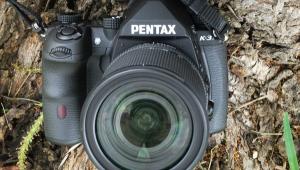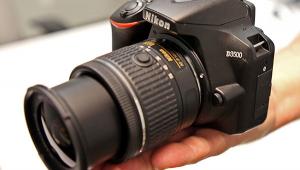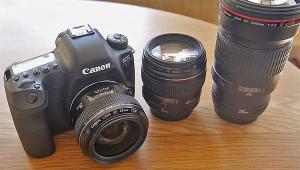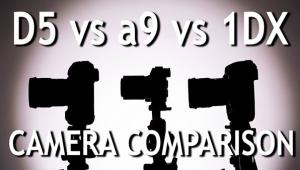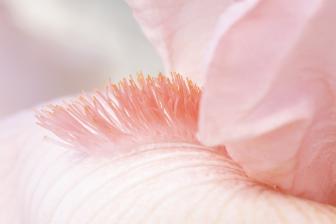Nikon D7200 DSLR Camera Review

The Nikon D7200 will seem quite familiar to those who have worked with the forerunner D7100: indeed, the image sensor of the new D7200 is basically the same. It offers 24MP resolution, but now has a higher “standard” ISO range up to ISO 25,600 (which was the High or “push” mode” offered by the D7100) that can now be expanded to an ISO 102,400 equivalent, albeit in monochrome mode only. These higher speed settings are possible because the D7200 uses a new image processor dubbed “Expeed 4.”
Camera Build & Layout
The new camera is an SLR system with an optical viewfinder that offers 100 percent field of view. It has a large body (the same size as the D7100) yet it is a bit lighter due to it having a magnesium alloy chassis. The large grip on the right-hand side offers stable handling, which we found quite comfortable.
The camera has numerous function buttons and setup dials to change image parameters very easily and intuitively. The eight-way control field on the back allows for fast menu navigation and the five function buttons left of the LCD screen give direct access to ISO speed, white balance, and image quality settings. But these buttons also preclude the use of a swivel joint for the LCD. The 3.2-inch LCD screen is fixed, which is a little less convenient for still photographers and even less so for videographers.


Performance
The camera uses the same AF module as the Nikon D4 (“Advanced Multi-CAM 3500 II”), which we found to be very fast. The D7200 had no problems in keeping moving objects in focus even while taking photos in continuous shooting mode that can go as fast as six frames per second.
When using the optional smaller sensor area of 18x12mm (a crop factor of 1.3x) the camera can take up to seven images per second. The central AF sensors are very light sensitive and allow the user to focus at f/8, an aid when using tele lenses with converters, which can reduce the aperture to f/8.
Comments On Image Quality
Color: The reproduction of the color test chart shows a very good performance of the white balance system. The gray pattern in our result chart is located in the center of the graph, with only the brightest gray shifted into the yellow area. This effect is also noticeable in the portrait shot. The color error level is low, but the D7200 shows an error that is typical for Nikon cameras: darker blue nuances are boosted with extreme saturation. This effect is visible in our test box shot (blue spool). It should be noted that the blue colors are statistical blips which lift the mean image saturation to 108.9 percent, while the other colors show only minor discrepancies from their given values. Skin tones are reproduced very naturally. The very bright skin tone of our model shows a very slight shift into the more yellowish direction, as also seen in the bright gray pattern in the test chart.

Sharpness: The sharpness results were excellent. The camera created crisp and clear reproductions of the test box, the portrait shot, and the ISO 12.233 test chart. (Note: For all test images we used the AF-S Micro-Nikkor 60mm f/2.8G ED, not the Nikon proposed kit lens.) The test chart was reproduced with 3,941 lines per picture height, which is nearly the nominal sensor resolution (4,000 lines per picture height). Even though the resolution results are very high, the sharpness doesn’t look artificial or exaggerated. Fine details like the structure of the metal sieve or the thread spool in our test box shot are clearly differentiated and crisp.
Noise: The Nikon D7200 showed a very good performance in our noise tests when standard ISO speed settings were used. The camera keeps a level of about 0.6-0.7 percent between ISO 100 and ISO 800, then it rises slightly but still stays below 1.0 up to ISO 6400 mode. The highest ISO speed settings show minor color noise artifacts, but are still fully acceptable. Only when shooting in boosted modes up to ISO 102,400 do noise artifacts get annoying.
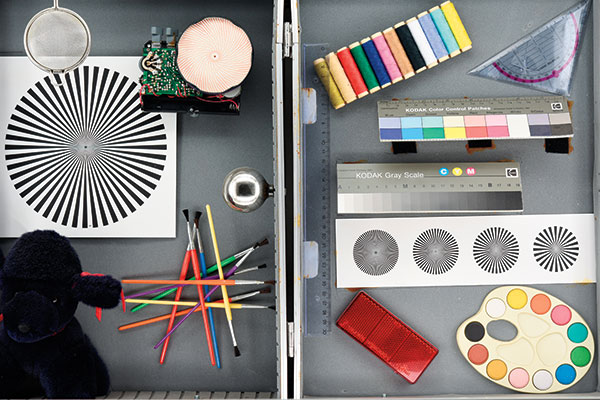

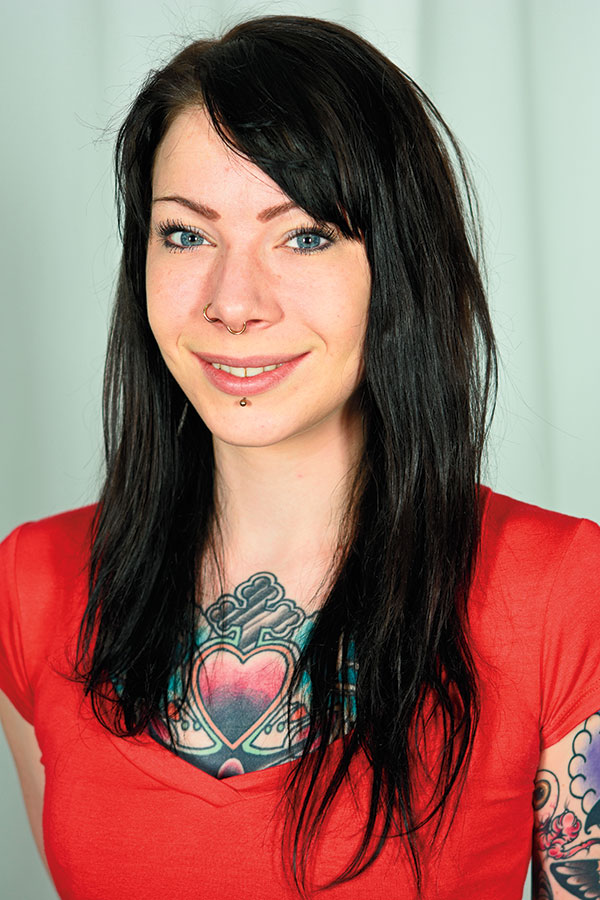
Comments On Video Functions
The D7200 offers Full HD recording with 1920x1080 pixels and a maximum of 30 frames per second in progressive image mode. It allows users to shoot at higher frame rate modes up to 60 frames per second, but only if the smaller sensor area of 18x12mm is used or if the resolution is reduced to 1280x720 pixels.
The video clips are saved as MOV files with H.264 compression and are available in two quality settings (“normal” and “high”), which differ in their average data rate. The highest mode records with 22.8 Mbit/s and was used for all our test videos.
Recording videos requires the user to switch from photo to video mode using the small switch at the “LV” button. The LV button starts the live preview on the LCD screen and is also necessary for recording videos.
The camera allows the user to record videos in all exposure modes. ISO speed can also be adjusted by the photographer, but is only available in M mode, while the camera switches back to AUTO ISO when recording videos in P, S, and A modes.
The Nikon D7200 offers sound level control and can use an external microphone for better sound quality. In addition, it has an earphone jack for direct control of sound quality and sound level when recording videos, with sound level graphs shown on the LCD.
Comments On Video Quality
The Nikon D7200 showed a very good performance in our video tests. The Full HD resolution was reproduced with 796 lines per picture height, which is a little higher than the average result of DSLRs. The clips show only minor aliasing and moiré effects. The color reproduction is excellent. The color errors are on a very low level and, just as in photo mode, only the dark blue nuances are exaggerated. Cyan is undersaturated, but skin tones are reproduced very well.
The dynamic range results of the Nikon D7200 are high. In video mode the camera achieved a maximum of 10.2 f/stops, which is very good, but it doesn’t reach the high level of 11.5 f/stops achieved in photo mode. The noise results of the test videos are similar to the photo mode. They show very clean results between ISO 100 and ISO 6400; at higher settings the noise becomes visible. In our opinion, because noise is much more irritating in moving images than in stills, we would suggest recording videos in the ISO 100 to ISO 3200 mode.
Scorecard
Pros
+ Compact APS-C SLR with professional image results
+ Very fast AF system
+ High continuous shooting mode
+ Built-in Wi-Fi and NFC
+ Two SD card slots
Cons
- Missing swivel LCD
- Not a major upgrade from previous model
Image Tech is where we publish web-exclusive lab reports on cameras. To read the reports please go to the Shutterbug homepage at www.shutterbug.com and click on the Image Tech tab on the top navigation bar. New reports are published frequently, so check Image Tech for updates.
Image Tech lab tests and comments supplied by BetterNet, Shutterbug’s TIPA-affiliated testing lab.
Shutterbug is the sole US representative within TIPA, a worldwide association of photo and imaging magazines.
The Nikon D7200 has a list price of $1,199 (body only). For more information, visit www.nikonusa.com.
- Log in or register to post comments


